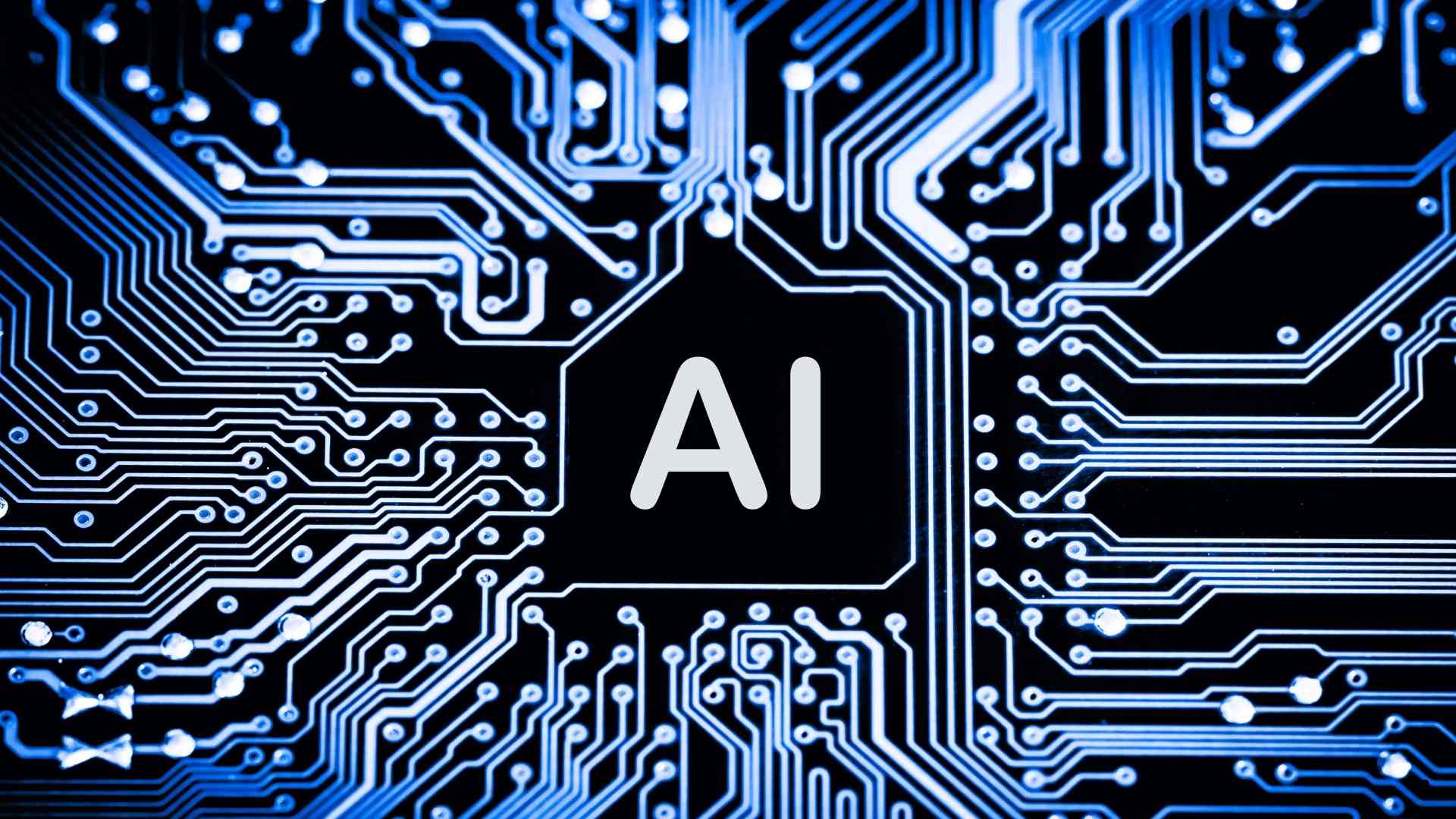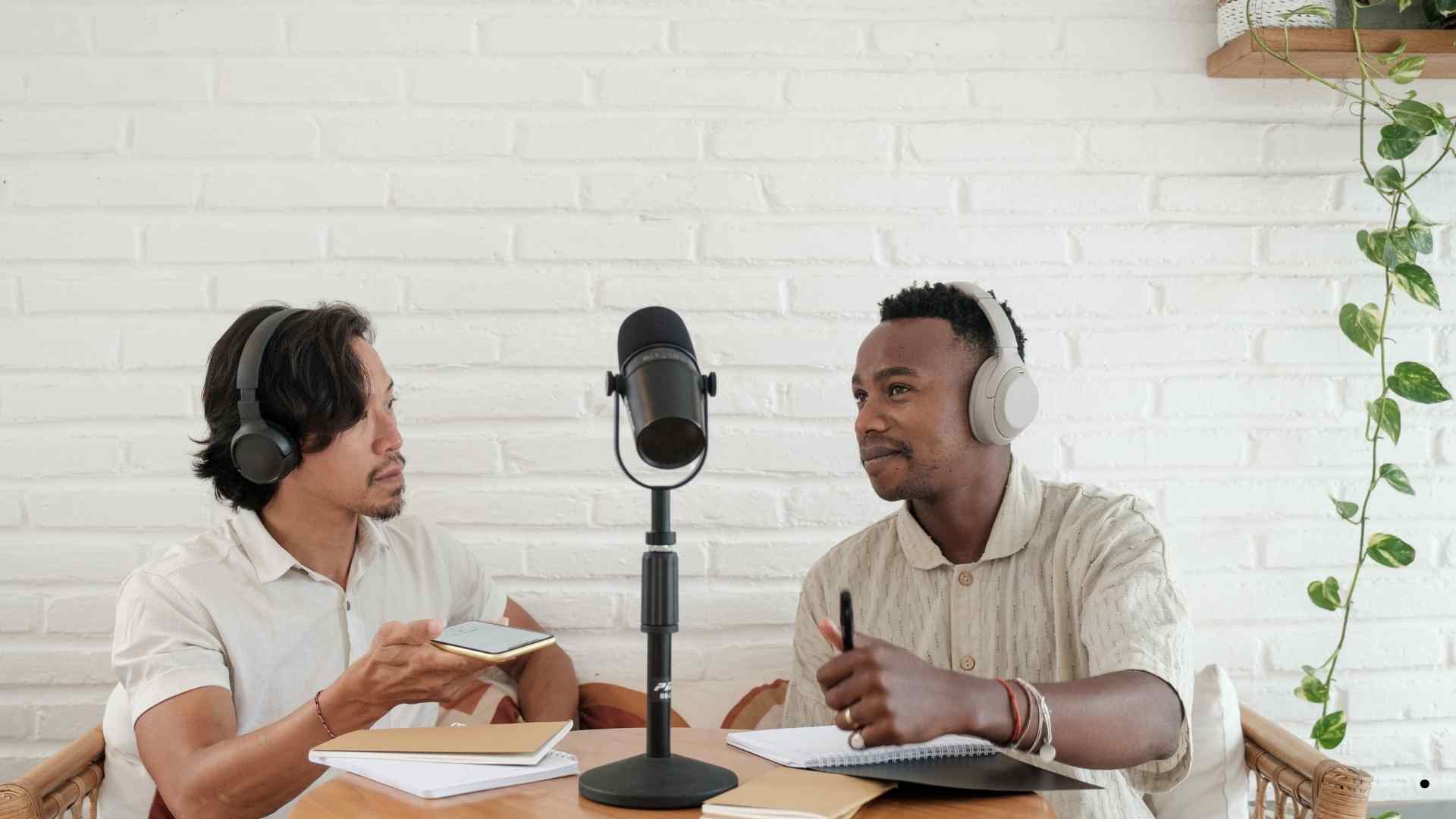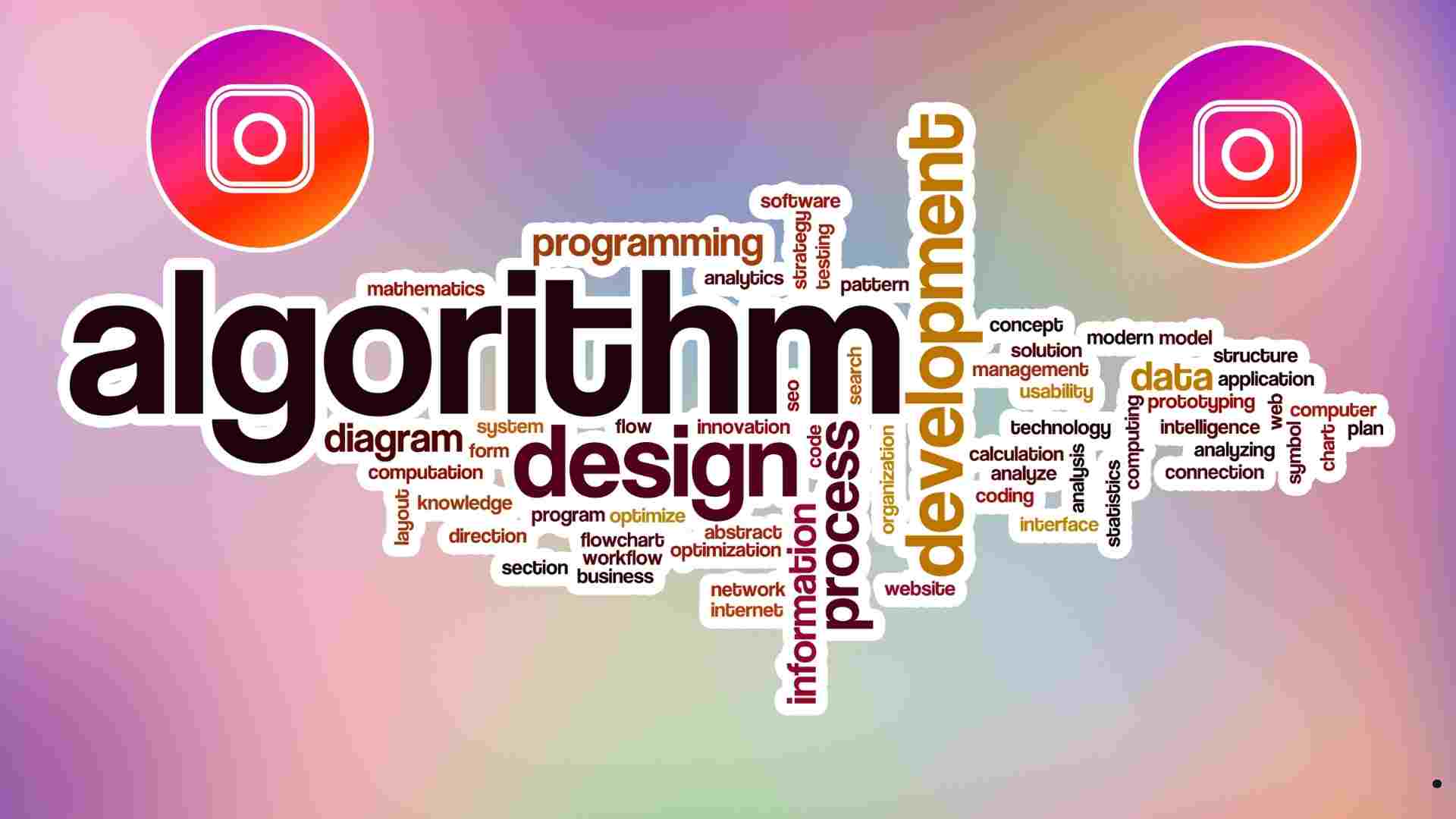How to Start Freelance Writing for Beginners: Freelance writing is more than just putting words on a page—it’s a journey of creativity, resilience, and self-discovery. If you’ve ever wondered how to turn your passion for writing into a sustainable career, you’re in the right place. In this comprehensive guide, we’ll walk you through everything you need to know to launch your freelance writing career with confidence.
Introduction: Embracing the Freelance Writing Adventure
Imagine waking up every morning, coffee in hand, and having the freedom to choose projects that excite you—whether it’s writing blog posts for eco-friendly brands or crafting compelling narratives for tech startups. Sounds like a dream, right? Yet, for many beginners, the path to freelance writing seems shrouded in uncertainty. Questions like “How do I find my first client?” or “What if I’m not a professional writer yet?” often loom large.
I remember when I first dipped my toes into the freelance world. The idea of competing in a saturated market was daunting, and I constantly doubted whether my writing could truly stand out. However, with persistence, continuous learning, and a few strategic steps, I transformed my passion into a thriving career. This post is designed to provide you with the actionable tips, personal insights, and industry secrets that can help you follow in those footsteps.
1. Understanding the Freelance Writing Landscape
Before diving into the practical steps, it’s essential to grasp what freelance writing entails and why it’s such a popular career choice today.
The Rise of Freelance Work
In today’s digital age, companies increasingly prefer freelance talent over full-time employees. According to recent studies, the freelance economy is expected to grow significantly over the next decade, driven by the need for flexible, cost-effective content creation. This shift means that if you can hone your writing skills, the demand for quality freelance writers will continue to rise.
Benefits of Freelance Writing
- Flexibility: Set your own hours and work from anywhere.
- Variety: Write for different industries and explore various writing styles.
- Control: Choose projects that align with your interests and values.
- Earning Potential: With experience, you can command higher rates and steady work.
Challenges to Anticipate
While the freedom of freelance writing is liberating, it comes with its share of challenges:
- Inconsistent Income: Especially at the beginning, work may ebb and flow.
- Self-Discipline: Without a boss to enforce deadlines, you must be your own motivator.
- Client Acquisition: Finding clients and building a reputation takes time and effort.
Understanding both the perks and the pitfalls is the first step in preparing your mindset for success. Think of starting your freelance writing career as planting a seed—it needs nurturing, time, and the right environment to grow.
2. Identifying Your Niche and Finding Your Voice
One of the first steps in building your freelance career is to pinpoint your unique selling point. What sets your writing apart? Specializing in a niche not only makes you more marketable but also allows you to develop expertise in a particular area.
Discover Your Niche
- Reflect on Your Interests: What topics do you love reading and writing about? Whether it’s technology, health, travel, or personal finance, choose a niche that excites you.
- Assess Your Experience: If you have professional or academic experience in a particular field, leverage that background. Clients value writers who understand industry-specific terminology and trends.
- Market Demand: Research freelance job boards and industry blogs to see which niches are in demand. Combining your passion with market needs can lead to lucrative opportunities.
Crafting Your Unique Voice
Your voice is your signature in the vast world of freelance writing. It’s what makes your work memorable and helps you build a loyal readership. Consider these tips:
- Read Widely: Absorb various writing styles to see what resonates with you.
- Practice Regularly: Write daily, experiment with different tones, and refine your style.
- Seek Feedback: Join writing groups or online communities where you can get constructive criticism.
- Be Authentic: Don’t try to mimic someone else’s style. Your authenticity is your competitive edge.
A personal story to illustrate this: Early in my career, I experimented with several writing styles—from formal to quirky—until I discovered a tone that felt natural and engaging. It wasn’t overnight, but each piece of feedback brought me closer to my authentic voice.
3. Building a Professional Portfolio
A strong portfolio is your ticket to attracting clients. It’s your chance to showcase your skills, versatility, and commitment to quality writing.
Start with Spec Work and Personal Projects
If you’re just starting out and haven’t yet landed paid gigs, create sample pieces. Write blog posts, articles, or essays on topics within your chosen niche. These samples should highlight:
- Your Expertise: Demonstrate your understanding of the subject.
- Your Style: Let your unique voice shine through.
- Your Range: Show that you can tackle different types of content.
Create a Personal Website
In today’s digital age, having a professional online presence is non-negotiable. Consider these steps:
- Choose a Domain: Your name or a variation that represents your writing brand works best.
- Design Your Site: Use platforms like WordPress, Wix, or Squarespace. Ensure your site is clean, easy to navigate, and mobile-friendly.
- Showcase Your Work: Organize your portfolio by category or topic. Include a short bio, contact information, and client testimonials if available.
Leverage Social Media
Social media isn’t just for socializing—it’s a powerful tool for networking and self-promotion. Platforms like LinkedIn, Twitter, and Instagram allow you to:
- Share Your Work: Post links to your articles or blog posts.
- Engage with Industry Leaders: Comment on posts, join relevant groups, and participate in discussions.
- Network: Connect with fellow writers, editors, and potential clients.
I once received a freelance project simply because I actively engaged in a Twitter chat about content marketing. Networking in online communities can lead to unexpected opportunities.
4. Navigating the World of Freelance Job Platforms

Once your portfolio is ready, it’s time to start exploring freelance job boards and platforms where clients are actively seeking writers.
Top Freelance Platforms to Consider
- Upwork: One of the largest freelance marketplaces where clients post writing projects of all sizes.
- Fiverr: Ideal for offering specific writing services or packages.
- Freelancer.com: A diverse platform that connects you with clients from various industries.
- Content Mills: While the pay might be lower initially, these sites can help you build experience and gather testimonials. Just be mindful of overcommitting to low-paying gigs that could undercut your market value.
Crafting a Winning Profile
Your profile on these platforms is like your resume. Here’s how to optimize it:
- Professional Photo: Use a clear, friendly headshot.
- Compelling Bio: Summarize your expertise, niche, and what you can offer clients. Focus on your unique strengths and past achievements.
- Portfolio Samples: Upload your best work. If possible, include links to live articles or client projects.
- Client Reviews: As you gain experience, request testimonials from satisfied clients to build credibility.
Bidding and Proposals
Writing proposals is an art in itself. A strong proposal should:
- Be Personalized: Address the client by name and reference specific details from the job posting.
- Showcase Your Expertise: Explain how your skills and experience make you the ideal candidate.
- Provide Samples: Include links to relevant portfolio pieces.
- Offer a Clear Price: Be transparent about your rates and what clients can expect for their investment.
Remember, rejection is part of the process. Every proposal that doesn’t land a project is an opportunity to refine your pitch and improve your approach.
5. Setting Your Rates and Managing Finances
One of the trickiest parts of freelance writing is determining how much to charge. It can be tempting to undervalue your work when you’re just starting out, but proper pricing is key to sustaining a freelance career.
Research Industry Rates
- Understand the Market: Research what other freelance writers in your niche are charging. Websites like the Editorial Freelancers Association (EFA) provide rate guidelines.
- Consider Your Experience: If you’re new, you might start on the lower end, but as your experience and portfolio grow, don’t be afraid to increase your rates.
- Project vs. Hourly: Decide whether to charge by the project or by the hour. Some projects have clear deliverables, making a project rate more appropriate. Others may benefit from an hourly rate.
Financial Management Tips
- Budget Wisely: Freelance income can be unpredictable. Create a budget that accounts for lean months.
- Save for Taxes: Set aside a portion of every payment to cover taxes. A common recommendation is to save at least 25-30% of your earnings.
- Invest in Tools: Consider investing in essential tools like accounting software, a reliable computer, and a comfortable workspace.
- Track Expenses: Keep receipts and track business expenses diligently. This will not only help with budgeting but also come in handy during tax season.
In the early days, I learned the hard way about undervaluing my work. Over time, understanding my worth and gradually increasing my rates helped stabilize my income and boosted my confidence as a writer.
6. Mastering the Craft: Continuous Learning and Skill Development
The writing industry is always evolving, and to stay competitive, continuous learning is non-negotiable. Think of your writing skills as a garden that needs regular watering and care.
Invest in Your Education
- Online Courses: Platforms like Coursera, Udemy, and LinkedIn Learning offer courses in creative writing, SEO, copywriting, and more.
- Workshops and Webinars: Attend live sessions where you can interact with industry experts and gain real-time feedback.
- Reading Widely: Read industry blogs, books, and articles to keep up with trends and expand your vocabulary.
Practice Makes Perfect
- Write Daily: Even if it’s just a journal entry or a short story, regular writing hones your skills.
- Experiment with Different Formats: Explore various types of writing—from blog posts and articles to white papers and eBooks—to broaden your versatility.
- Seek Feedback: Join writing groups or participate in online forums. Constructive criticism is a stepping stone to improvement.
Use Analytics and Feedback
- Track Your Performance: If you maintain a blog or write for online platforms, use analytics tools to monitor which pieces resonate most with your audience.
- Client Feedback: Use constructive criticism from clients to refine your writing style and approach.
- Set Goals: Regularly set writing and learning goals to keep yourself motivated and accountable.
I still recall the early days when a simple blog post on a niche topic led to a surge in reader engagement. That moment reaffirmed my commitment to continuous improvement and staying curious.
7. Essential Tools and Resources for Freelance Writers
Just as a carpenter needs the right tools to craft beautiful furniture, a freelance writer requires specific tools to work efficiently and effectively.
Writing and Editing Tools
- Grammarly or Hemingway: These tools help polish your work by catching grammar errors and improving readability.
- Scrivener or Google Docs: Depending on your preference, choose a writing platform that offers ease of organization and collaboration.
- Evernote or Notion: For brainstorming ideas, organizing research, and keeping track of deadlines, these tools can be invaluable.
Project Management
- Trello or Asana: Use these tools to manage your projects, deadlines, and client communications.
- Calendar Apps: A digital calendar helps you plan your day, schedule writing sessions, and set reminders for important deadlines.
Financial Management
- FreshBooks or QuickBooks: These accounting tools can streamline invoicing, expense tracking, and tax preparation.
- Expense Trackers: Use apps or spreadsheets to record all your business expenses. This practice is essential for budgeting and tax deductions.
Learning Resources
- Blogs and Podcasts: Subscribe to industry-leading blogs and podcasts like Copyblogger, The Write Life, and Writers on Writing.
- Books: Consider reading books such as On Writing by Stephen King or Bird by Bird by Anne Lamott for inspiration and practical advice.
Investing time in learning these tools not only improves your efficiency but also positions you as a professional in the eyes of potential clients.
8. Balancing Work, Life, and the Freelance Hustle
Freelance writing offers unparalleled freedom, but that freedom comes with the challenge of managing your own schedule. Striking a balance between work and personal life is crucial to avoid burnout and maintain creativity.
Setting a Routine
- Designate a Workspace: Establish a dedicated area for work. This physical separation helps signal to your brain when it’s time to focus.
- Create a Schedule: Plan your day with designated writing hours, breaks, and time for self-care.
- Set Boundaries: Let family and friends know your work hours so that you can maintain uninterrupted focus.
Managing Distractions
- Turn Off Notifications: During your writing sessions, silence your phone or use apps like Freedom to block distracting websites.
- Use the Pomodoro Technique: Work in focused bursts (e.g., 25 minutes) followed by short breaks. This method can significantly boost productivity.
- Take Time to Recharge: It’s important to step away from your work regularly. Whether it’s a short walk or a hobby, downtime is essential for creativity.
Avoiding Burnout
- Listen to Your Body: Recognize the signs of burnout—fatigue, irritability, and creative blockages—and take proactive steps to address them.
- Stay Connected: Even as a freelancer, make time to socialize and network with other writers and creative professionals.
- Celebrate Small Wins: Every completed project, positive client review, or new skill learned is a step forward. Celebrate these achievements to keep motivation high.
I’ve experienced the ups and downs of freelance life firsthand. There were moments when juggling multiple deadlines felt overwhelming, but by setting boundaries and prioritizing self-care, I managed to keep my passion alive without sacrificing personal well-being.
9. Marketing Yourself as a Freelance Writer
To succeed as a freelancer, you need to not only be a great writer but also a savvy marketer. Promoting yourself effectively is crucial to attracting clients and building a robust freelance career.
Crafting a Personal Brand
- Define Your USP: What unique qualities do you bring to the table? Your unique selling proposition (USP) could be your expertise in a niche area, a distinctive writing style, or a track record of delivering high-quality content.
- Develop a Consistent Message: Ensure that your website, social media profiles, and portfolios reflect the same professional image and tone.
- Engage Your Audience: Share your insights on writing, industry trends, or behind-the-scenes looks at your creative process through blog posts, newsletters, or social media updates.
Networking and Outreach
- Join Online Communities: Participate in freelance forums, LinkedIn groups, or Facebook communities where writing professionals gather. These platforms can lead to collaborations, referrals, and valuable advice.
- Attend Industry Events: Conferences, webinars, and local meetups provide opportunities to learn, network, and stay updated on industry trends.
- Cold Pitching: Don’t be afraid to reach out directly to potential clients. A well-crafted cold email that highlights your expertise and enthusiasm can open doors to new projects.
Leveraging Testimonials and Referrals
- Collect Feedback: After completing projects, ask clients for testimonials. Positive reviews build trust with future clients.
- Offer Referral Incentives: Consider offering a discount or bonus for referrals. Word-of-mouth can be a powerful tool in the freelance world.
10. Embracing Rejection and Celebrating Progress
No freelance career is without its setbacks. Rejections and missed opportunities are part of the process. What distinguishes successful freelancers is their ability to learn from these experiences and keep moving forward.
Learning from Rejection
- Analyze Feedback: If a proposal is rejected, don’t be discouraged. Ask for feedback, and use it to refine your approach.
- Stay Resilient: Every writer faces rejection. Remember that it’s not a reflection of your talent, but rather an opportunity to grow and improve.
- Adjust Your Strategy: Use each setback as a chance to revisit your portfolio, update your proposals, and improve your pitch.
Celebrating Your Wins
- Track Milestones: Keep a record of every project, new client, and personal achievement. Reflecting on your progress can be a great morale booster.
- Share Your Success: Don’t be shy about sharing your milestones with your network. Celebrating achievements not only motivates you but also builds credibility in the freelance community.
- Set Future Goals: Always have short-term and long-term goals. Whether it’s landing a big client or expanding your service offerings, having a roadmap keeps you motivated.
I’ve had my fair share of rejections and late nights worrying over pitches. But each challenge brought a valuable lesson, and every small win built the foundation of a rewarding career. Your journey may be filled with ups and downs, but persistence is the key ingredient to success.
Conclusion: How to Start Freelance Writing for Beginners
Embarking on a freelance writing career is both an exhilarating and challenging endeavor. With the right preparation, mindset, and persistence, you can transform your passion for writing into a sustainable and fulfilling career. Remember, every successful freelance writer started as a beginner. Embrace your unique voice, build your skills, and don’t be afraid to put yourself out there.







